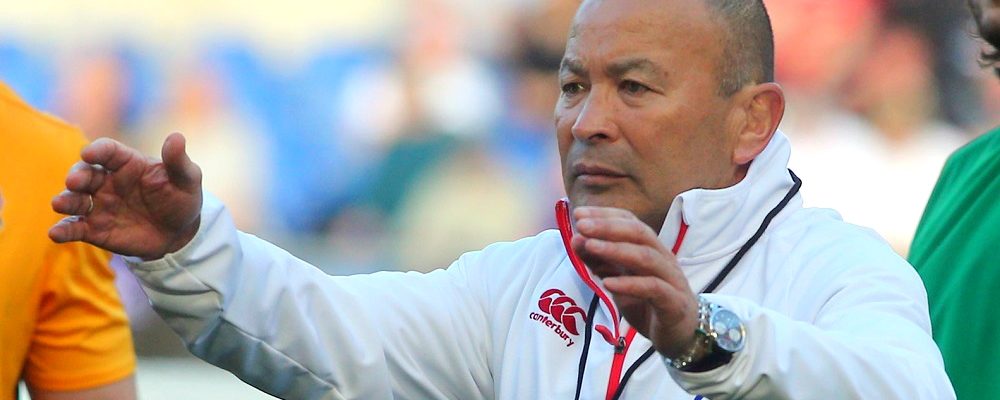Soul searching over the England rugby union side’s direction amid the rigors of this year’s Six Nations contest has been detected by the media. In a BBC interview, head coach Eddie Jones admitting that his team’s leadership model has yet to properly gel.
Speaking in the wake of a 25-13 loss to Scotland, Jones said that a greater number of leaders must come through the ranks, so that the side will have the reserve of tactical strength necessary to avoid defeats of such demoralising scale.
“We’ve always known that we have to improve in our leadership,” Jones said. “That’s an ongoing issue for us, and something that takes time and is not solved overnight. It takes development, intellectual input, consultation, discussion, and we are doing all those things and moving in the right direction.”
He added: “I always give the example of the All Blacks. It took them eight years to come up with a stable and robust leadership model to win the World Cup. We are aiming to do that, and we’ve had two years together.”
Given the impatience for results that runs at a particularly high pitch among sports stakeholders – but is also extremely prevalent in the business world – what are the primary factors that will ensure a leadership structure can gel within a team-based environment and provide the required sense of direction?
The Institute of Leadership & Management's head of research, policy and standards Kate Cooper says: “The interesting thing about rugby is that it’s a game of distributed leadership come to life. The most dramatic aspect of the game is that everyone has to be behind the player with the ball. So, you could argue that whoever has the ball at any one point in time is the ‘leader’, because he or she has 14 followers. And that shifts constantly.”
To complement that, Cooper explains, there is also a high requirement for specialist input. “That’s very much a feature of how rugby was designed to ensure that there would be a position on the pitch for every boy – as it was back then – in the school. So the rest of the team have to trust that whoever has the ball will make the right decision for the game as it’s happening, while being on hand to provide their specialist assistance.
“That seems key to what Eddie is getting at: confidence in a leadership model stems from the participants having a high degree of trust in each other. Now clearly, there are broader decisions that must be made about styles of play and specific approaches that should be taken in a match against a particular side. But again, if you have that confidence in the ranks, and that trust and belief in each other, those sorts of decisions can be made in the knowledge that they’re going to get the full support of everyone to make them work.”
Cooper adds: “Even at senior club level, you’ll often see some players grandstanding, as though they’re going to take on the opposition by themselves – but, of course, that often runs aground. Perhaps more so than any other sport, thanks to how it’s structured, rugby really evidences the importance of teamwork – and in a genuine sense: when that person’s at the front, you’ve got to be behind them, both literally and figuratively.”
For further thoughts on the value of teamwork, check out these learning resources from the Institute
Image of Eddie Jones courtesy of Marco Iacobucci EPP, via Shutterstock

